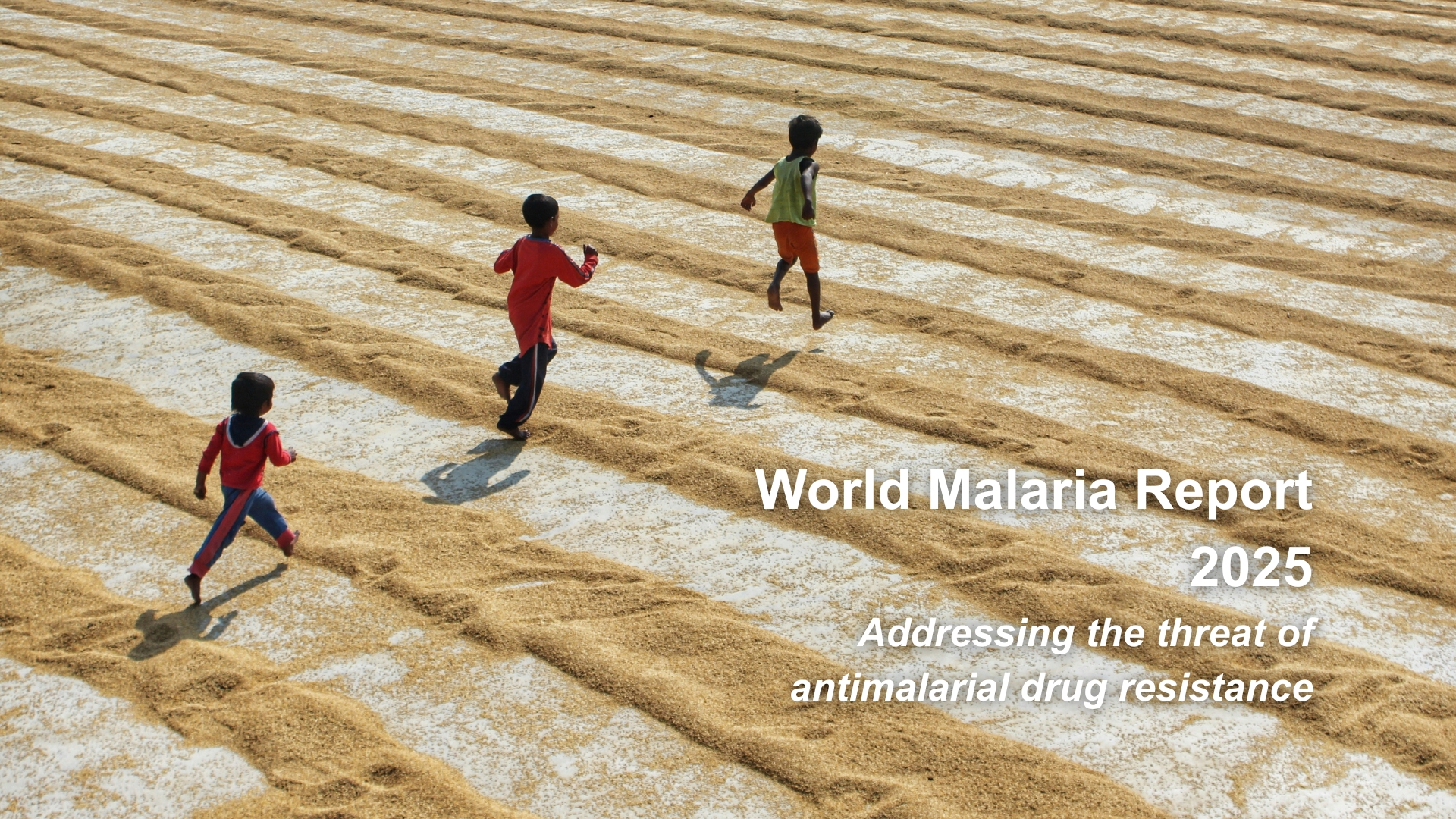
Bangladesh has made significant progress against malaria: A reduction of more than 50% in malaria cases and 54% in related deaths since 2010. However, about 17 million people still at risk from the disease, Bangladesh has a long way to go until elimination.
New plan for malaria elimination
To ensure that the country remains on track to eliminate malaria by the regionally adopted goal of 2030, the Bangladesh Government has developed a new National Strategic Plan 2017–2021. The revised strategy has been drafted to ensure alignment with the WHO Global technical strategy for malaria (2016–2030). This will also greatly contribute towards overall national development and the Sustainable Development Goals (SDGs).
As part of the new plan, Bangladesh aims to achieve a “malaria-free Bangladesh by 2030”. To achieve this, the country sets a target of five related objectives, as follows.
Reduce annual parasite incidence in the 13 endemic districts to less than 0.46 by 2021.
Interrupt local transmission of malaria in 8 of the 13 endemic districts by 2021.
Ensure that the remaining 51 districts are free from local malaria transmission by 2021.
Prevent the re-establishment of malaria in districts where transmission has been interrupted.
Prevent the emergence of strains of Plasmodium falciparum malaria that are resistant to artemisinin-based combination therapies (ACT) in the country.
Tackling ongoing issues
“More than 80% of resources are going to noncommunicable diseases in Bangladesh. All of us, we are working and fighting for malaria, so this is a challenge. If we really want to eliminate [malaria], we have to put focus on those in the highest policy level and engage with them to invest more, considering the elimination needs.”
Dr. M.M Aktaruzzaman, Deputy Programe Manager, Malaria and Vector-Borne Disease Control Unit, Directorate General of Health Service, Ministry of Health and Family Welfare, Bangladesh
The new plan focuses on targeting the main challenges over the coming five years, by addressing key priorities for ‘closing the gaps’ in malaria control in the country:
Challenges Priorities
Geographical inaccessibility.
Population movement.
Drug resistance in neighbouring countries.
Preparedness and prevention of outbreaks.
Cross-border collaboration with neighbouring countries.
Emerging insecticide resistance.
Shortage of trained manpower in remote areas.
Linguistic barriers.
Influence of climate change on mosquito vector distribution.
Radically reduce malaria burden in the four most endemic districts.
Providing malaria services for higher risk groups.
Addressing malaria issues related to Rohingya refugee situation.
Strengthen the existing malaria surveillance system.
Ensuring zero case reporting for all facilities in ‘non-endemic’ districts.
Private sector engagement in malaria response.
Ensuring high-level political commitment to tackling malaria.
Capacity building of health workers.
.svg)


.jpg)






